The Video Game Project
A Closer Look At The Prototypes That Became Your Favourite Games!
Unreleased Quake Game Boy Advance Prototype
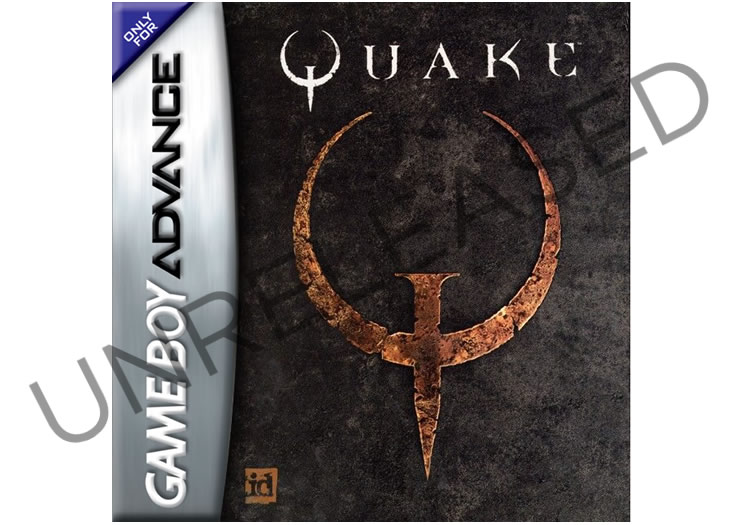 Quake is a first-person shooter video game developed by id Software and published by GT Interactive in 1996. In the single-player game, the player takes the role of Ranger (voiced by Trent Reznor) who was sent into a portal in order to stop an enemy code-named "Quake". The government had been experimenting with teleportation technology and developed a working prototype called a "Slipgate"; the mysterious Quake compromised the Slipgate by connecting it with its own teleportation system, using it to send death squads to the "Human" dimension in order to test the martial capabilities of humanity.
Quake is a first-person shooter video game developed by id Software and published by GT Interactive in 1996. In the single-player game, the player takes the role of Ranger (voiced by Trent Reznor) who was sent into a portal in order to stop an enemy code-named "Quake". The government had been experimenting with teleportation technology and developed a working prototype called a "Slipgate"; the mysterious Quake compromised the Slipgate by connecting it with its own teleportation system, using it to send death squads to the "Human" dimension in order to test the martial capabilities of humanity.
The sole survivor in "Operation Counterstrike" is Ranger, who starts each of the four episodes from an overrun human military base, before fighting his way into other dimensions, reaching them via the Slipgate or their otherworld equivalent. After passing through the Slipgate, Ranger's main objective is to collect four magic runes from four dimensions of Quake; these are the key to stopping the enemy later discovered as Shub-Niggurath and ending the invasion of Earth.
The single-player campaign consists of 30 separate levels, or "maps", divided into four episodes (with a total of 26 regular maps and four secret ones), as well as a hub level to select a difficulty setting and episode, and the game's final boss level. Each episode represents individual dimensions that the player can access through magical portals (as opposed to the technological Slipgate) that are discovered over the course of the game. The various realms consist of a number of gothic, medieval, and lava-filled caves and dungeons, with a recurring theme of hellish and satanic imagery reminiscent of Doom (such as pentagrams and images of demons on the walls). The latter is inspired by several dark fantasy influences, most notably that of H. P. Lovecraft. Dimensional Shamblers appear as enemies, the "Spawn" enemies are called "Formless Spawn of Tsathoggua" in the manual, the boss of the first episode is named Chthon, and the main villain is named Shub-Niggurath (though actually resembling a Dark Young). Some levels have Lovecraftian names, such as the Vaults of Zin and The Nameless City. In addition, six levels exclusively designed for multiplayer deathmatch are also included. Originally, the game was supposed to include more Lovecraftian bosses, but this concept was scrapped due to time constraints.
The first ports to be completed were the Linux and SPARC Solaris ports by id Software employee Dave D. Taylor in 1996. The first commercially released port was the 1997 port to Mac OS, done by MacSoft. ClickBOOM announced version for Amiga-computers in 1998. Finally in 1999, a retail version of the Linux port was distributed by Macmillan Digital Publishing USA in a bundle with the three add-ons as Quake: The Offering.
Quake was also ported to home console systems. On December 2, 1997, the game was released for the Sega Saturn. Initially GT Interactive was to publish this version itself, but it later cancelled the release and the Saturn rights were picked up by Sega who then took the project away from the original development team. They had been encountering difficulties getting the port to run at a decent frame rate, and instead assigned it to Lobotomy Software. The Sega Saturn port used Lobotomy Software's own 3D game engine, SlaveDriver (the same game engine that powered the Sega Saturn versions of PowerSlave and Duke Nukem 3D), instead of the original Quake engine. It is the only version of Quake that is rated "T" for Teen instead of "M" for Mature.
Quake had also been ported to the Sony PlayStation by Lobotomy Software, but the port was cancelled due to difficulties in finding a publisher. A port of Quake for the Atari Jaguar was also advertized as 30% complete in a May 1996 issue of Ultimate Future Games magazine, but it was never released. Another port of Quake was also slated for Panasonic M2 but never occurred due to the cancellation of the system.
On March 24, 1998, the game was released for the Nintendo 64 by Midway Games. This version was developed by the same programming team that worked on Doom 64, at id Software's request.
A port for Nintendo's Game Boy Advance was not known to have been in development and was never released!
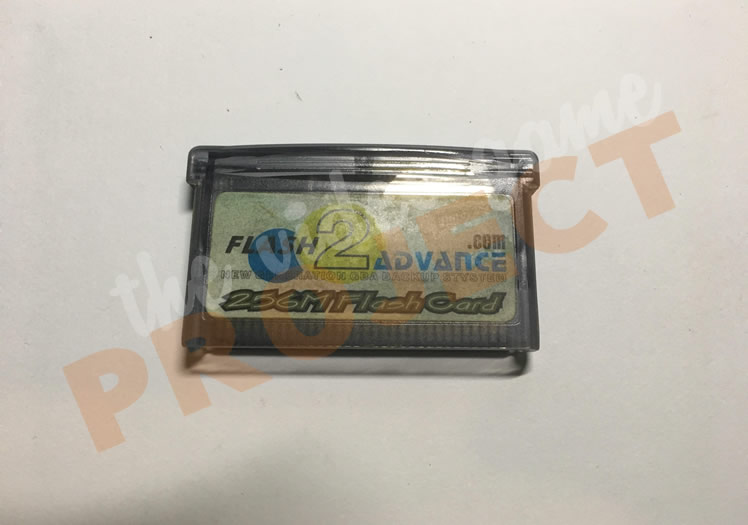
Proto - Front
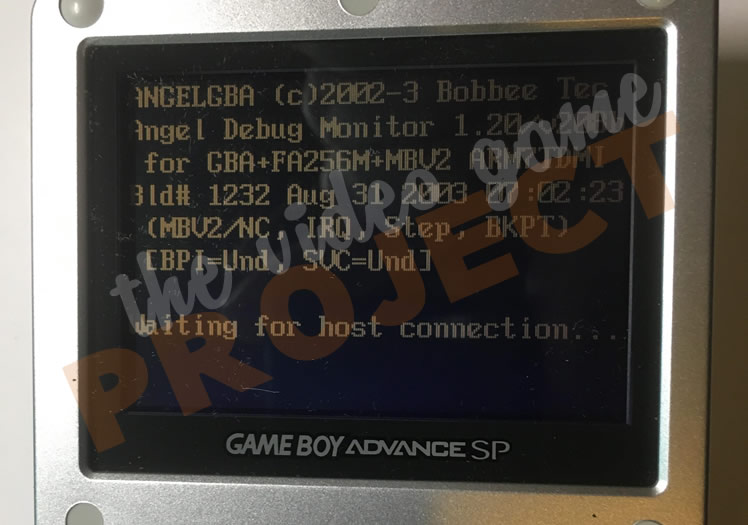
GBA Boot Screen
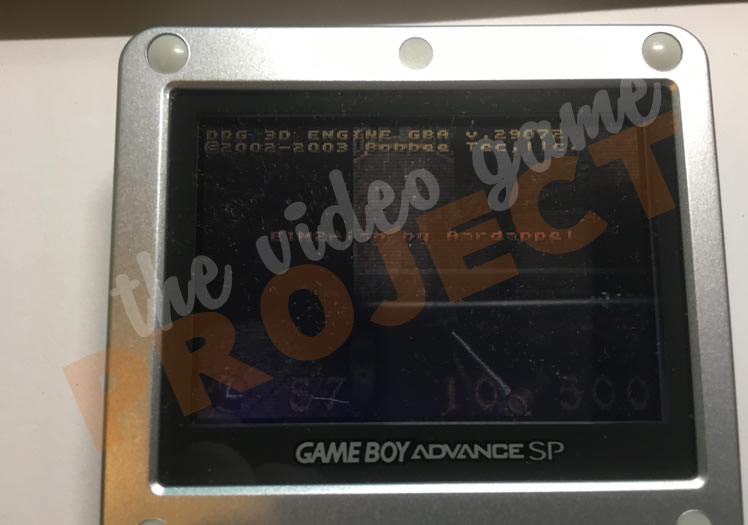
In Game Screen
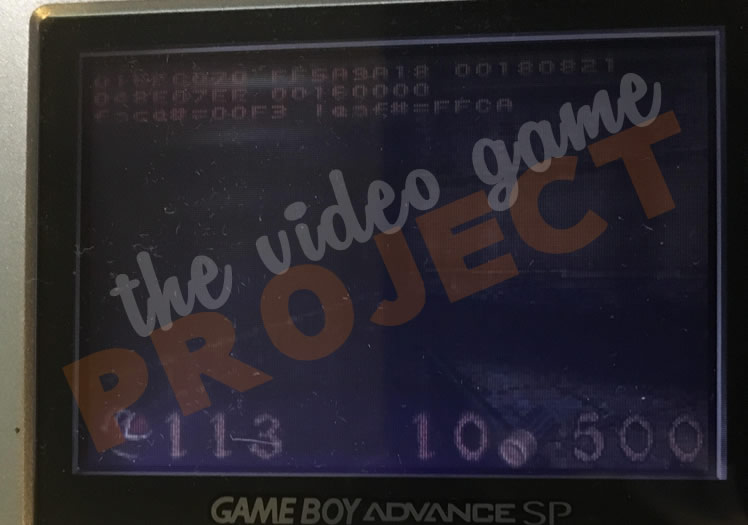
Players EYE HEX
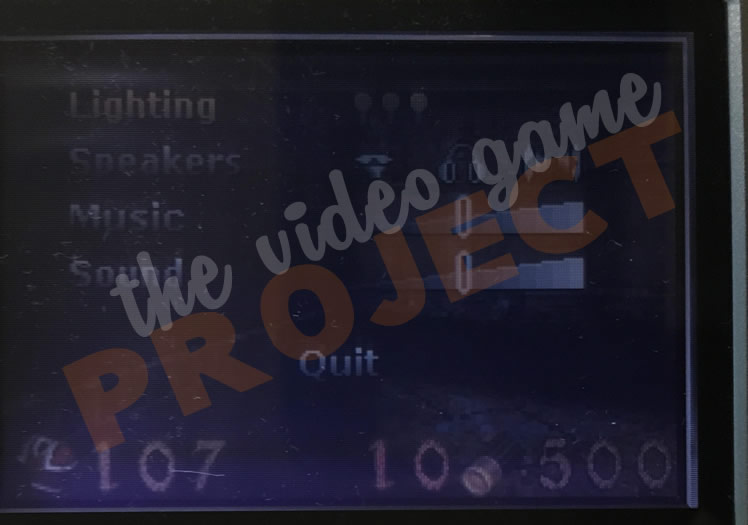
Settings Menu
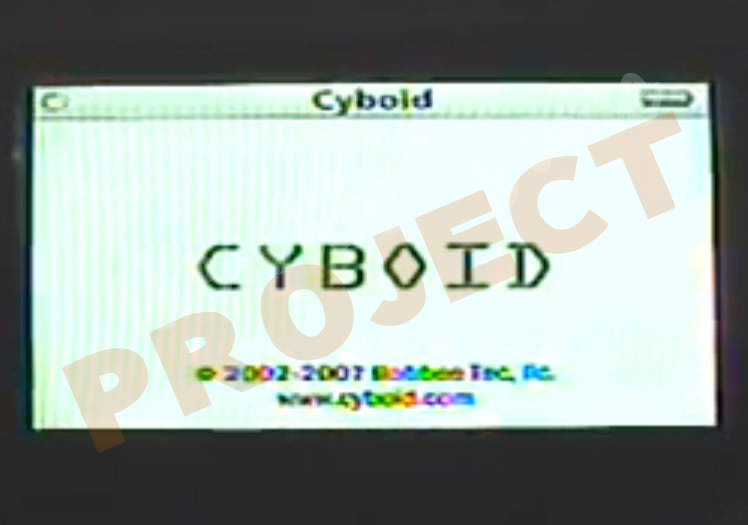
CYBOID IPOD VIDEO
Randy Linden came across this unreleased Quake GBA prototype in his storage, during August of 2019. If you recognise Randy's name, you should! He has previous experience of creating a completely custom engine to allow id Software's Doom to run on the Super Nintendo, when no-one else thought it was possible, not even id. He's also well known for his work on Dragons Lair and emulators Bleem / Bleemcast which allowed PlayStation One games to be played on personal computers and Dreamcast consoles respectively.
He had been working independently in 2003, on this custom engine that was designed to run Quake levels on the Game Boy Advance. Much like Doom before it, Randys Quake engine was a labour of love for the game and the technical challenge of accomplishing something others had written of as impossible. The game on the cart is a true prototype / debug and is a fully operational game. Holding down start / select when booting kicks off the debugger. ANGEL was a standard debugging protocol from ARM. The games version info is 1.28.29072 GBA+FA256M+MBV2 ARM7TDMI, meaning "GBA", "Flash Advance 256Meg", MBV2 is the communications hardware (a Multi Boot Cable, Version 2), with ARM7TDMI being the processor! It uses the music from a third-party that Randy is currently trying to track down.
Sadly by the time the engine was operational, interest in the Game Boy Advance was starting to dimish. This lead to Randy porting the code to Symbian Phones and iPod Video. The Game Boy Advance never saw a Quake release. Neither did the iPod video. The debug message seen in the picture above is from a custom debugger stub which supported NES, SNES, GBA, iPod and Symbian systems. That's why it outputs the debug message with the configuration.
So what happened the game engine? Randy isn't sure why he "never really bothered to contact id Software about using the official levels, data, etc." In his own words, he "probably should have contacted them, but didn't for no particular reason." Instead the engine evolved into something else. It became Cyboid.
"It was hubris that led" Randy "to launch Cyboid instead of making it an official id supported Quake port." Originally created under the working title of Meat the game "was intended to be very Quake-like, but the monsters would eat you, etc." Then Randy "went for a futuristic high-tech look instead... and changed the title... The play mechanics of a high-tech shooter worked better, so everything was changed and renamed... to Cyboid"
Believe it or not a working version Cyboid did run on the iPod video. A very grainy video of it in operation is included above. Although never released Randy went through the process of using "RockBox as a base to get the debugger operational, then" "modified the iPod Video's code to allow non-signed applications. That's why Cyboid" showed "up in the video under the games section, it wasn't signed by Apple, but the code which validates the manifest (which is signed by Apple) was disabled.
The symbian releases were a little more straight forward, well as straight forward as porting an entire game engine can be! It was released on Nokias N-Gage, N-Gage QD, N3650, N6600, N6630, N6680, N6682, and N7650 phones and magically suported eight players over bluetooth! Not only that but Cyboid was the only Symbian game to use vibration! Randy "had to reverse-engineer each phone's OS seperately to support it because Symbian didn't have any API to vibrate the phone." "That's why the game was supported only on that set of devices. That, and the DRM/Copy Protection. It was done on a per-device basis." Gone were the original Quake ideals. "All the Cyboid levels were originals." As were "the monsters, weapons, etc."
These days Cyboid is still a work in progress and is constantly being updated. It's available across platform for several android devices including the Amazon Fire Stick and despite its complex design is a mere 12mb in size. Not only that "but the" original "GBA version info is the same as today's cyboid -- 1.32.84200 -- the second number is the major version and the last number is the build number -- there have been 50000 builds between the GBA and" recent Cyboid releases!
In game pictures and video of the GBA Quake prototype will be added as soon as time allows!